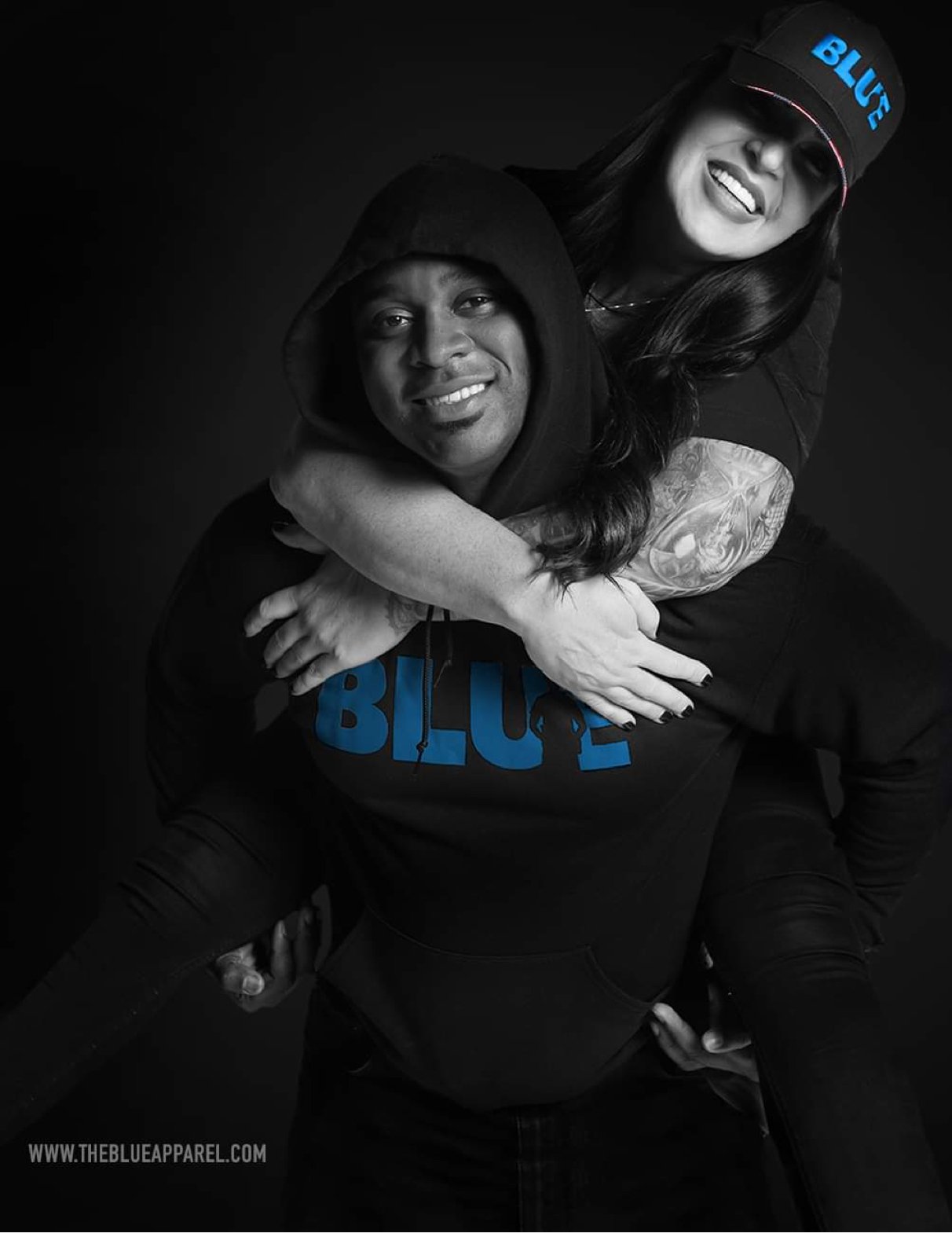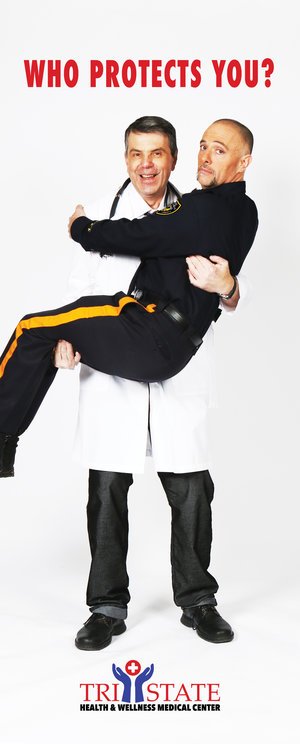Traditional Japanese Karate-Do And why you are missing out By Lt. Patrick J. Ciser (Ret.)
/Traditional Japanese Karate-Do And why you are missing out By Lt. Patrick J. Ciser (Ret.Over the years, we’ve all heard stories whether real or fabricated, about the prowess, or lack thereof, of karate black belts. As a boy in the ‘60s, I remember hearing stories of black belts returning to America after fulfilling their military obligation in Japan or Korea. Their hands now were considered “deadly weapons” and they even had to “register their hands” with local authorities (I’m not making this up). There was one particularly dangerous individual, just ask him he’ll tell you, named “Count Dante.” How mystical! (I’ll leave his real name out of this article) He took ads out in magazines explaining how he could teach you “Dim Mak” and “Iron Palm!” This, of course, would make you almost as deadly as he was.
There were many other notable black belts out there that were the top tournament fighters, and the “real deal” in the 1960s, namely; Chuck “Carlos” Norris, Mike Stone, Joe Lewis, Thomas La Puppet, Frank Smith, James Yabe, Lois Delgado and Skipper Mullins, to name a few. These individuals put their skills to the test each time they stepped into the ring. Full contact karate and kickboxing matches in the 1970s would, “up the game” and bring more respect and legitimacy to the martial arts world. Joe Lewis, Jeff Smith, Bill “Superfoot” Wallace, Howard Jackson and Benny “The Jet” Urquidez, were a few of the top world champions back then. Eventually, we would see the UFC (Ultimate Fighting Championship) in its infancy. Mostly “ham and eggers” would step into the ring where we saw various matchups, including, karate vs. sumo, kung-fu vs. tae kwon do; boxing, wrestling and jiu jitsu, would round out the combatants. Royce Gracie became a popular jiu jitsu champion, as he seemed to confuse all of the “stand-up” fighters making the rounds. Aside from Ken Shamrock and maybe a couple others, he never seemed to fight the best of the best from the martial arts world. However, these “championships” controlled by the Gracie family, as we came to find out, successfully elevated Brazilian jiu jitsu higher than Japanese jiu jitsu. Then, Dana White and company took over and brought in, ostensibly, the best fighters in the world. WOW! We thought! These guys ain’t playing!
I believe in the individual, more than I believe in one system being better than the others. Chuck “The Iceman” Liddell, trained in my system of Koeikan karate for 12 years, and was an accomplished wrestler in college before he decided to go into the Octagon. He has “Koeikan” tattooed on the side of his head. He then trained in kempo and jiu jitsu, in an effort to increase his skill, speed, and grappling. Chuck would’ve been the champ in his heyday regardless of the style he practiced, why? Because he had heart, determination, and a strong will to win. Machida and St. Pierre also came from a traditional karate dojo.
So that’s enough about how we got here, in the arena of sport karate/martial arts. Now, let’s talk about why you should be in a karate dojo.
For years there was jiu jitsu; later, ju do was founded. Later yet came darate jitsu and karate do. Do, pronounced “dough” meaning “The Way.” So, ‘The Way of the Empty Hand’ was to be seen as a path to self-improvement. The training was rigorous and austere, leading many to give up and quit. As the years went by, however, the military jitsu, continued to give way to the “Do.” This enabled children to participate as experts molded these youngsters into respectful, model citizens. Pediatricians often tell parents to get their ADHD son or daughter into a traditional/structured karate dojo (school). For adults, karate can be the closest thing you’ll find to the “Fountain of Youth.” In a karate dojo, yes, you’ll get a little bruised up. And while more serious injuries can occur with those students who lean toward combat karate, you won’t normally see spinal or neck injuries that can occur more in a mixed martial arts school. I believe that “stand up” fighting is better for police officers, as you wouldn’t want to fall on your gun or mace canister taking someone to the ground. Stand up fighting is also better against multiple attackers; just be quick, and keep your head on a swivel. Karate practitioners many times continue to train and do their kata (forms) right into their 60s and 70s. How many other sports can give you that kind of longevity? Think about it, and be safe out there.
Pat Ciser is a retired lieutenant from the Clifton Police Department, and a 7th Degree Black Belt. He was a member of 5 U.S. Karate Teams, winning gold medals in South America and Europe. He is the Author of BUDO and the BADGE; Exploits of a Jersey Cop (BN.com/Amazon), and is a guest writer for Official Karate Magazine.









